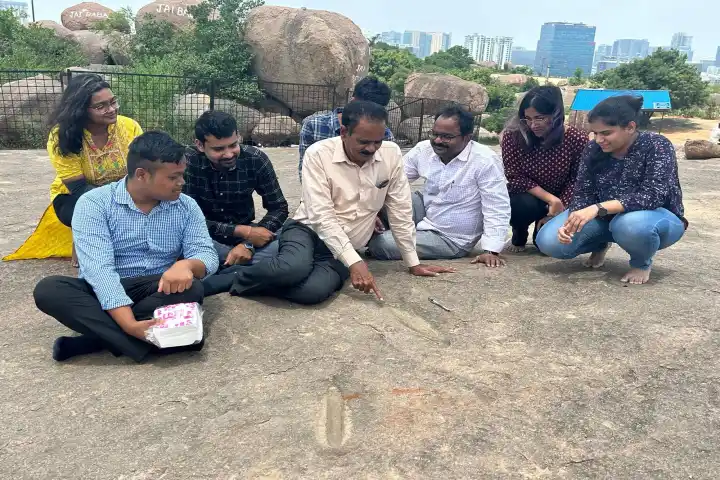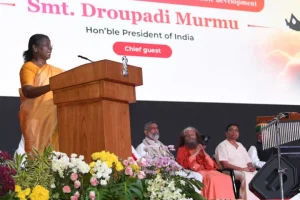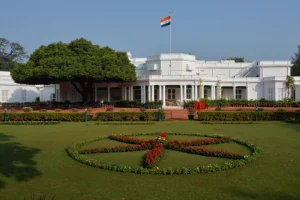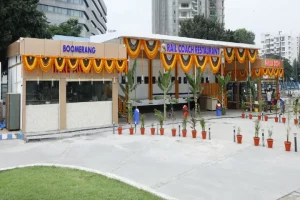More evidence came to the fore that pushes the history of Hyderabad city to a prehistoric time when it was used as a place of habitation by human beings during Neolithic and Megalithic (Iron Age) periods.
Talking to India Narrative about this find, Dr. E. Sivanagireddy, archaeologist and CEO of Pleach India Foundation said: “Remains of a seasonal habitation of prehistoric man has been found on a huge hillock locally known as Peddagutta near Lanco Hills located between Khajaguda and Puppalaguda in Hyderabad city.”
This discovery was made during the course of a survey conducted at Peddagutta around the unique rock formations, which is located on the left side of the Anantha Padmanabhaswamy temple which is under construction.
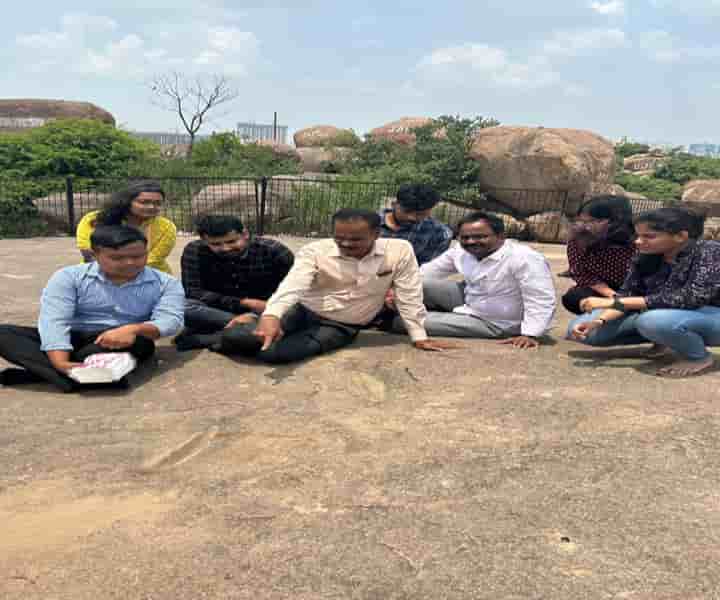
Sharing details about the find Sivanagireddy told India Narrative: “We spotted four places having grooves formed out of grinding and polishing of stone axes during the Neolithic period dateable to 2000 BCE. These grooves are located within a radius of 10 metres and are close to natural rock shelters used by the Neolithic folks as seasonal camp sites.”
The CEO added that there are more than 15 rock shelters and caverns spread out in a 10 acre area. “Some are in the shape of serpent hood and some in ridge shape and these facilitated the Neolithic people during the hot sun and rain,” he observed.
Elaborating on the grooves, the CEO informed India Narrative: “The grooves measure between 30 to 25 cm in length, 6 to 4 cm in width and 2 to 3 cm in depth might have been used by a small group to sharpen the stone tools at a time.”
Apart from Sivanagireddy, the team which made this find included Nayan, Maitrey, Durga, Kiran, Jitendra and Sakshi.
The archaeologist appealed to Padmanabha temple authorities to preserve these grooves for posterity as several new constructions are taking place in the area.
Also read: Ancient stone axes found in Hyderabad link region to Neolithic era






